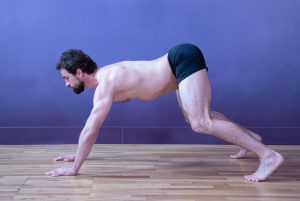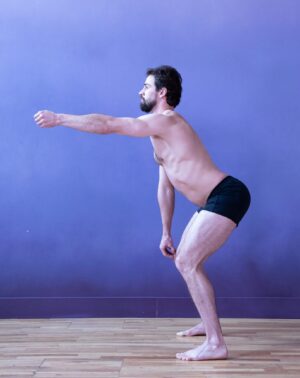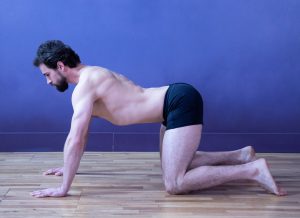The Bowspring is Curvy, Dynamic, and Open Posture
What is the BOWSPRING?
The Bowspring aligns the body in a position of readiness. It is a natural curvy shaped alignment for us to move with springy lightness and fluid power like a graceful animal to help reduce pain and lift our mood. With this dynamically balanced posture, the breath can move freely without inhibition briging a new level of vitality and energetic freedom.
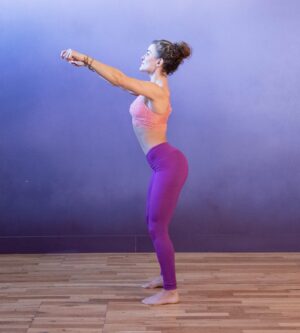
A curvy, springy, healthy posture.
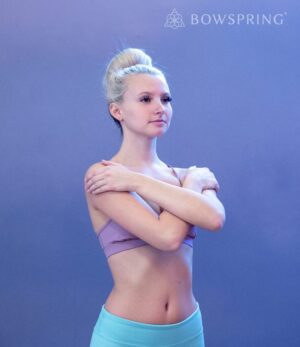
A dynamic postural template for optimal functionality and graceful movement for any body.
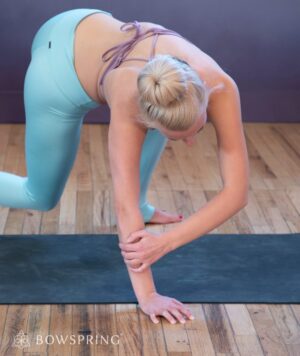
A proportional, geometric relationship between the curves of the ribcage (heart), head and hips.
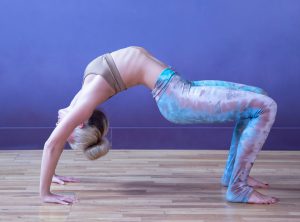
A synergy of alignment between 10 key parts of the body to create fluid lightness and springy power for peoples of any age.
Increased self-awareness of psycho-emotional patterning within our default posture.
The Bowspring practice provides tremendous health benefits for body, mind, and heart.
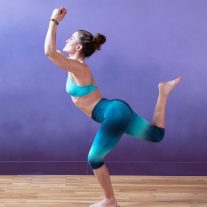
Springy lightness and fluidity in any movement
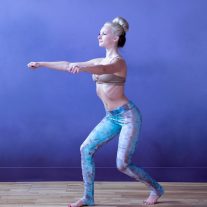
More curves – narrowing waistline and mounding glutes
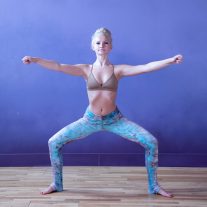
Authentic confidence
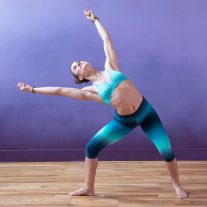
Finding your Radiant Heart
The Bowspring is Curvy, Dynamic, and Open
Bowspring is a curvy posture with a double-S curve down the back of the body, from the back of the head to the back of the hips. The sides of the body curve inward so that the proportion between bust, waist, and hips are in an hourglass shape.
Bowspring practice promotes the natural curves of the body, particularly in the geometric relationship between heart, hips and head:
A radiant fullness in the ribcage expands on all sides broadening the shoulders.
The hips move back and up, while the lower back and belly extend long and strong, up and forward.
The anterior-tipped pelvis is aligned behind the ribcage.
The glutes move back and upward. The tail lifts as the glutes mound upward from the bottom of the pelvis toward the sacrum and the top of the pelvis.
The belly is bowed long, yet strong, especially when there is extension in the torso with pulsation in the Bowspring.
The neck is curved long up and back.
The Bowspring is opposite than the C-curve, which is the common sedentary position of all people. Many people all over the world sit over 10 hours a day with their hips down, short belly, and head forward and down. C-curve is the default sitting posture of high tech society today looking down at their screens. Then they go home to relax in the C-curve before a few hours of sleeping in position that relaxes the back as much as possible.

Standard Model of Alignment
The body is a solid, compressive structure. Therefore, the main purpose of the skeleton: to hold the body up against the force of gravity. Therefore the main segments of the body – head, ribcage, pelvis, arms, and legs – should all be stacked like solid blocks for the optimal alignment.

Bowspring Alignment
The body is more liquid than solid. The bones of the body are floating struts in a network of visco-elastic connective tissue that surrounds the whole body. The tonus of muscle and fascia pull on the bones, while the bones provide consistent push back to create a tensegrity or a dynamically balanced alignment. The back of the body is curved and not rigidly upright for efficient movement.
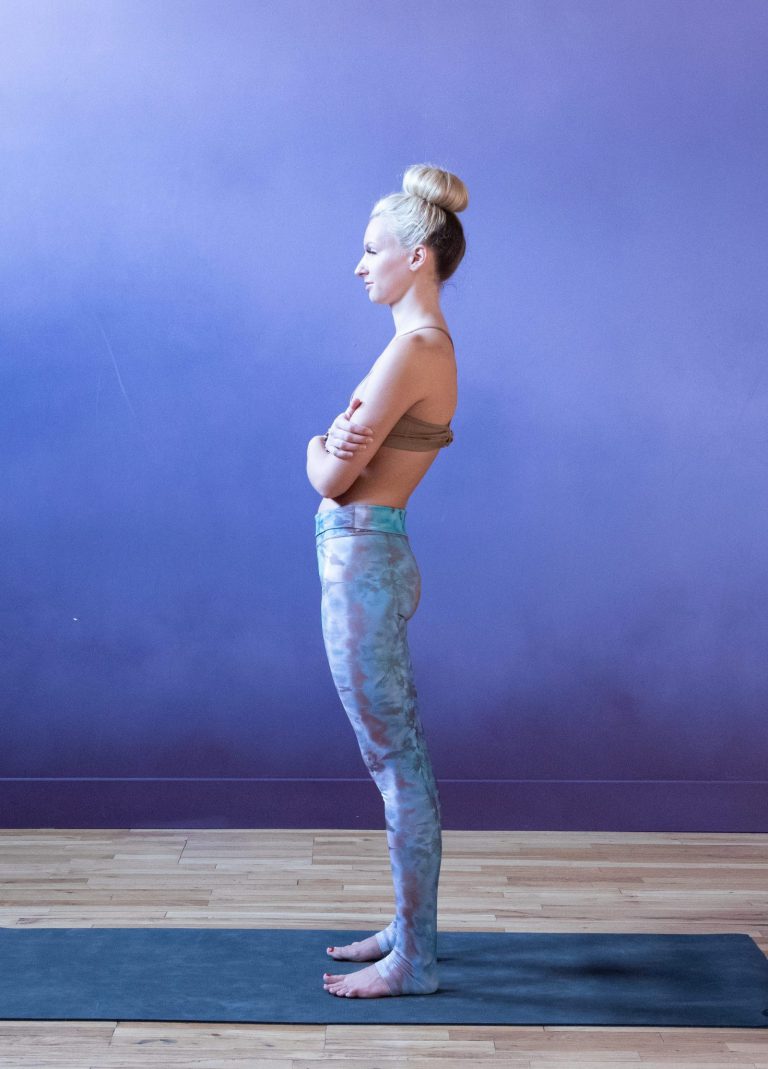
Swayback
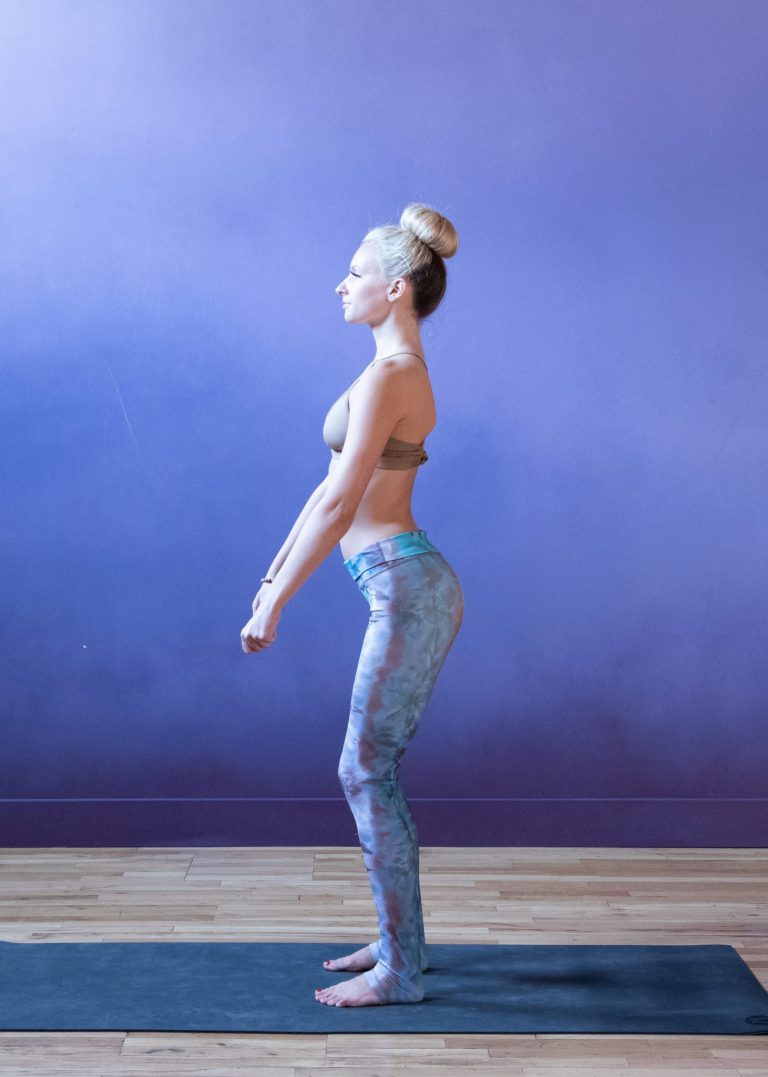
Bowspring

Swayback vs. Bowspring
Bowspring is often confused for swayback, or an excessively arched lower back. In both instances, the pelvis is tipped forward and the lower back is deeply arched. However, the Bowspring template, which has the hips behind the ribcage, is different in its alignment than the swayback shape, which is characterized by the hips and belly forward of the ribcage. Another important distinguishing feature between the two postural forms is how swayback is usually associated with low tone and hyper-mobility in the connective tissue, while Bowspring has the dynamic tone of a loaded spring. The curviness of the Bowspring provides us with the capacity to be light and strong. Through application of the postural technology of the Bowspring we can be dynamically balanced in all of our daily movements and postures. The Bowspring is a light and dynamic posture which can gracefully pulse, bounce, hop and flow. Practicing the Bowspring helps us have more lightness and cat-like fluidity in our daily activities. It brings the spring back into our step, especially for students 60+ years of age. Even the most common static positions, standing and sitting, become more enlivened with a new lightness and springiness.
The Bowspring increases dynamic functionality in any movement or posture.
The Bowspring alignment creates efficiency in all of our movements as all parts of the body work together in a harmonious system. This highly functional alignment allows us to move throughout our day with enlivened balance and easeful power. It provides us the capacity to bend over, lift objects, kneel, stand, and sit with a uniform tone on the back of the body. Bowspring is a position of readiness to easily move in any direction with the least amount of force. With balanced dynamic posture, we use less force for more power.
In the Bowspring, the whole back of the body engages from the toe pads up the back of the legs, into the lifting glutes, all the way up to the top of the head. Uniform tonus of myofascia on all sides of the body is like a muscle suit that creates even pressure on all sides of the body. The back and the front of the body are evenly engaged, and not relaxed as in the common C-Curve sedentary posture. With balanced pull of the muscles and fascia on all sides, the body can be made lighter and flowing grace to move.

